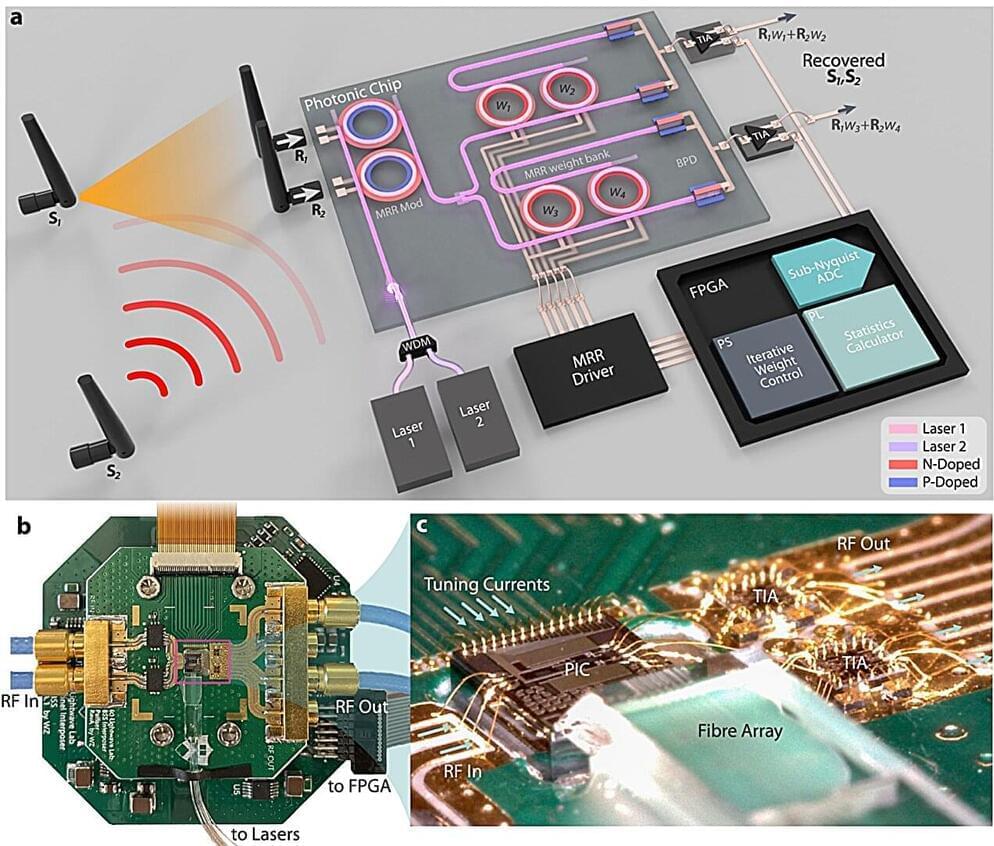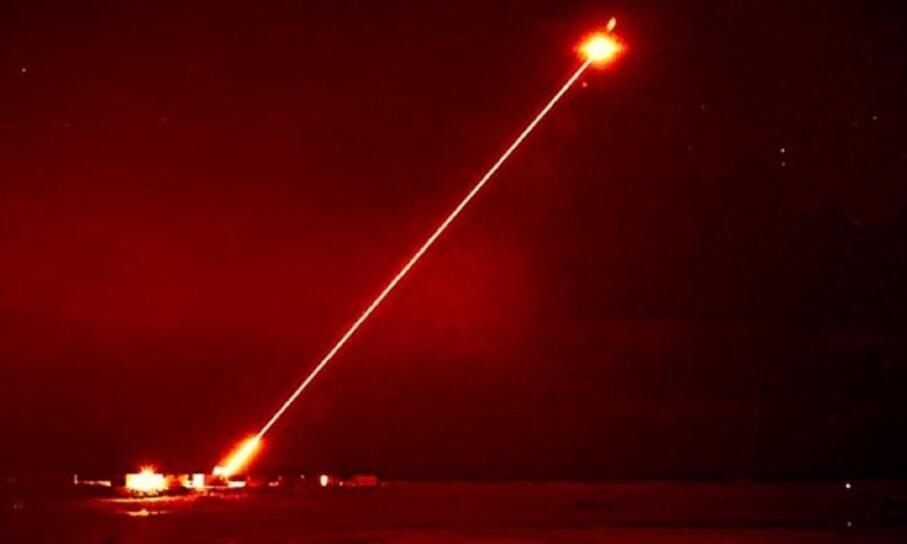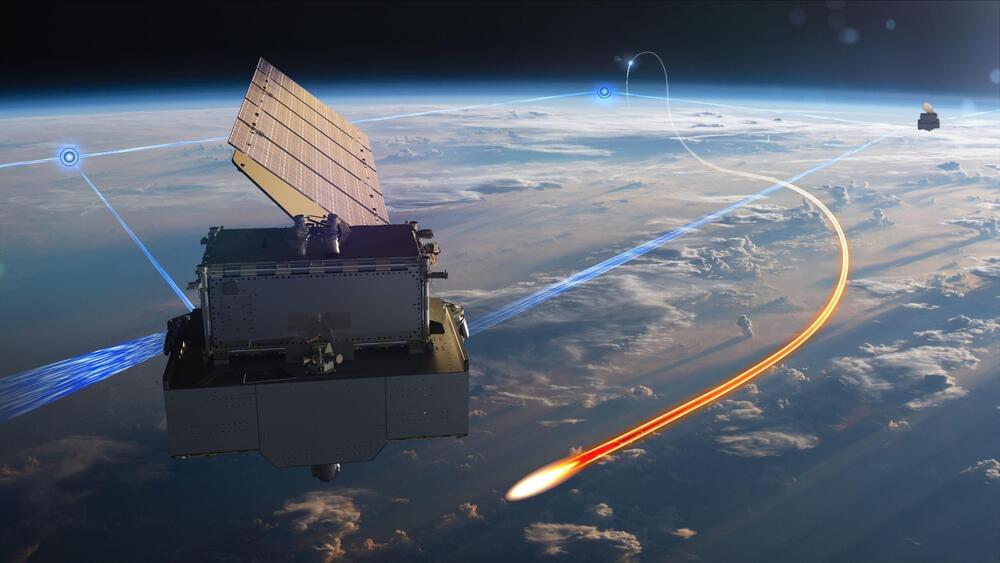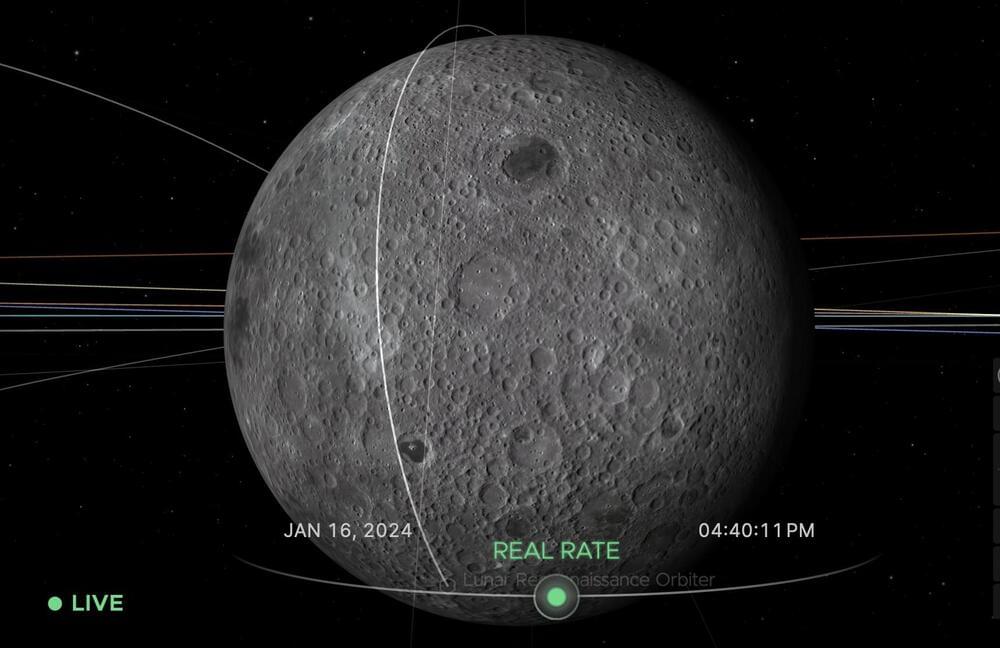Walmart-backed EV startup Canoo has announced that deliveries of its all-electric commercial van have officially begun – and the first production Canoo LDV 130 vans are already hard at work.
The first batch of Canoo’s electric vans are reportedly in service now at Kingbee, a national work-ready van rental provider. The company says the delivery of vans to Kingbee is consistent with its previously announced “phased ramp-up manufacturing approach,” and asserts that additional customer deliveries will continue throughout 2024.
Canoo had previously delivered vehicles to NASA, the US military, and the State of Oklahoma (its home state) for testing. The vans delivered to Kingbee, however, seem to be the first that will be accessible to “the public.”








